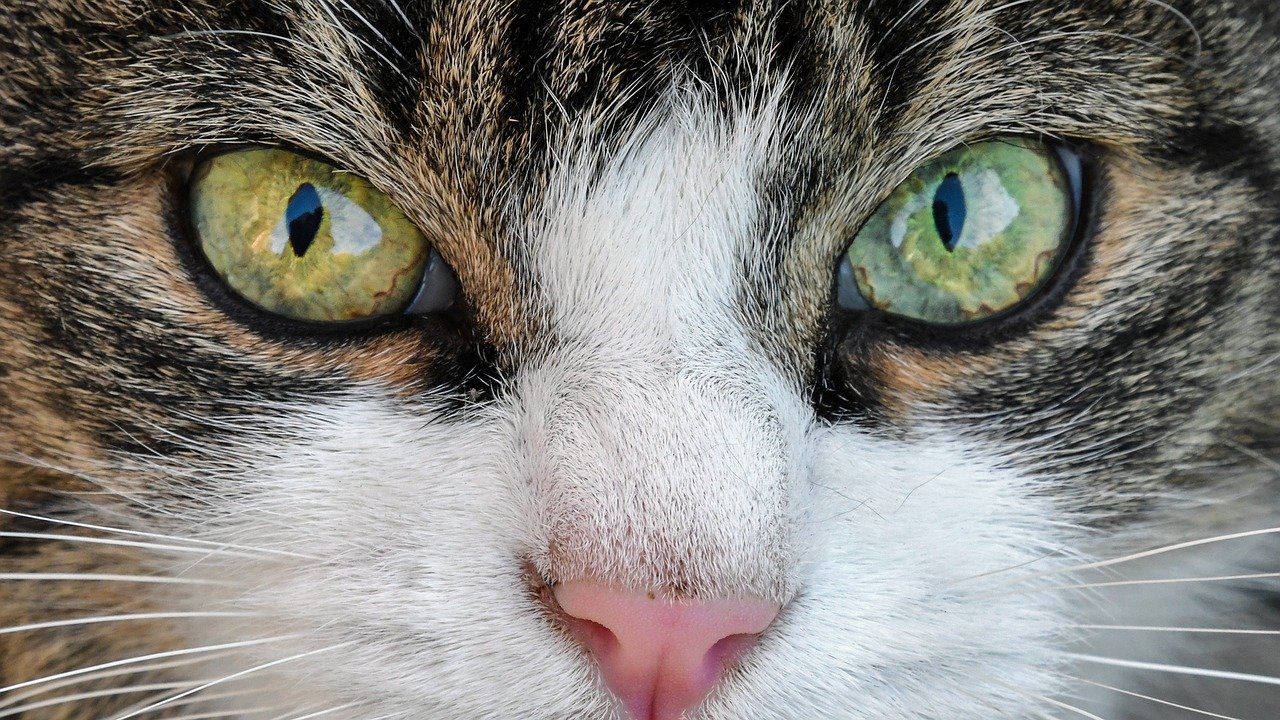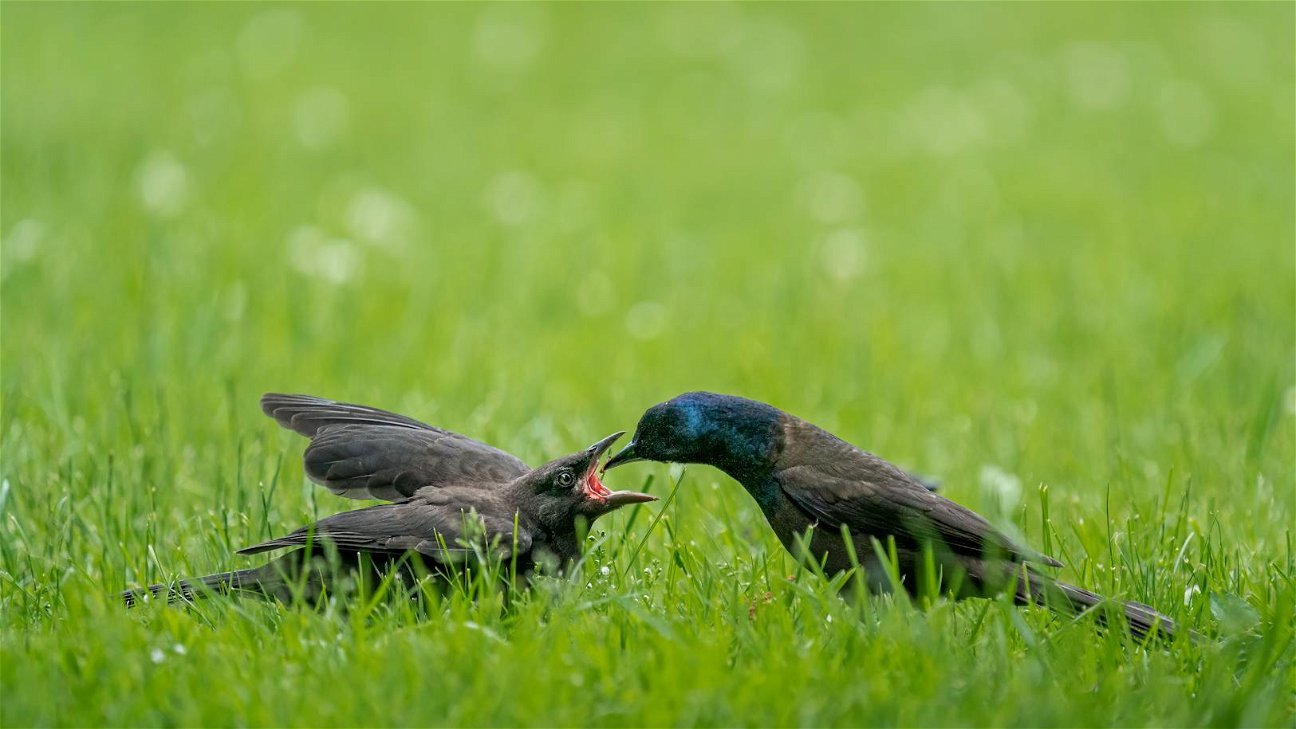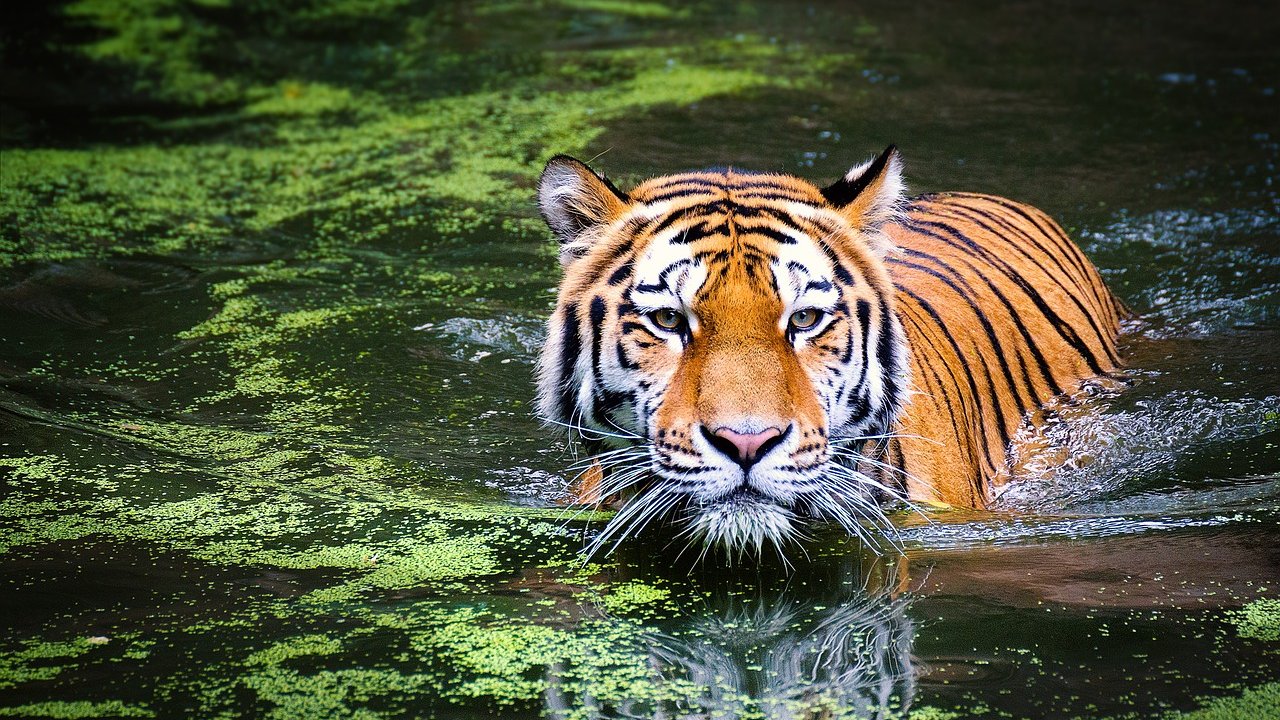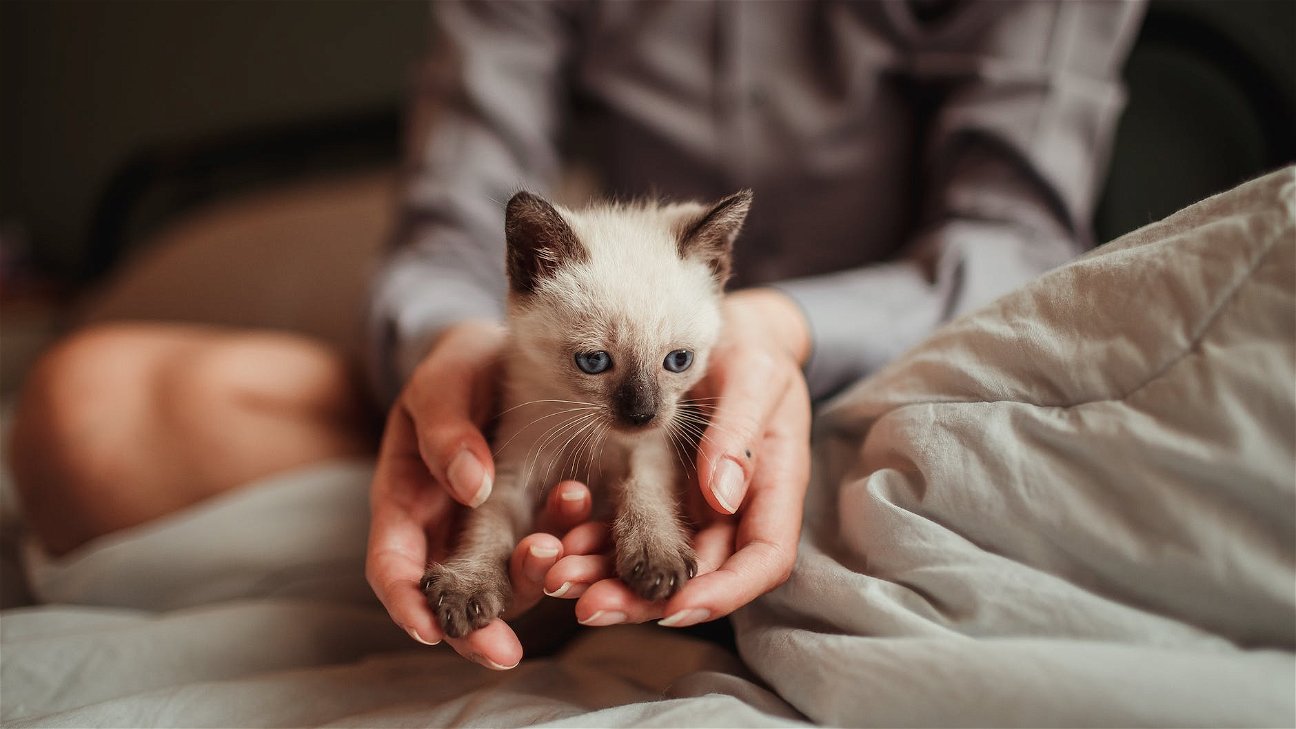
Keeping your cat entertained and stimulated can be a challenge, especially if you’re not always around to engage in play. Encouraging independent play is not only good for your cat's physical health but also crucial for their mental well-being. In this article, we will explore various techniques and strategies to cultivate this behavior in your feline friend.
Understanding the importance of independent play
Independent play, or self-play, is essential for a cat's well-being. It stimulates their natural predatory instincts, keeps them physically fit, helps prevent obesity, and can even reduce unwanted behaviors, such as excessive grooming or aggression. Moreover, it provides mental stimulation, reducing the risk of boredom and associated behaviors.
Techniques to encourage solo play in cats
-
Rotate toys: Cats can quickly lose interest in toys. By rotating the toys every few days, you can help to keep their interest piqued.
-
Use puzzle feeders: Puzzle feeders are a fantastic way to promote independent play. They make your cat work for their food, stimulating their brain and providing physical activity.
-
Play before feeding: Playing with your cat just before meal times can encourage them to see play as a natural part of their hunting routine.
-
Use the right toys: Some cats prefer toys that move, while others prefer toys with different textures. Experiment with different types to see what your cat likes.
Best toys for independent play
Addressing common challenges
Some cats may be more reluctant to engage in independent play than others. If your cat appears uninterested in self-play, try to engage in interactive play more often. Over time, gradually reduce the amount of interactive play and increase the time for independent play. Remember, every cat is unique and may require different approaches.
Encouraging independent play in cats is not an overnight process. It requires patience and perseverance, along with understanding your cat's specific needs and preferences. But with the right approach, you can cultivate self-play habits that will benefit your cat's overall health and happiness.










